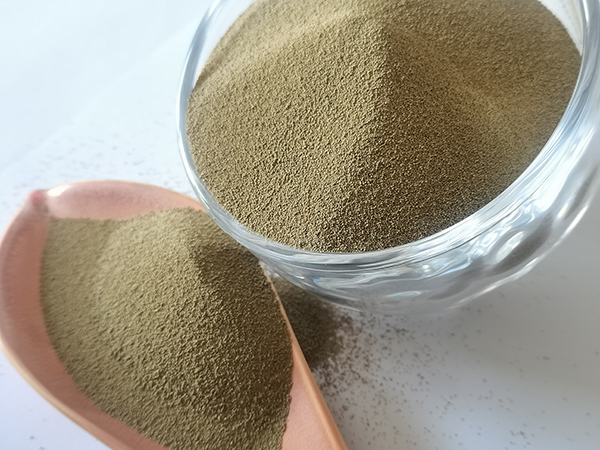What is Sand Casting?
Sand casting, also known as sand mold casting, is a widely used metal casting process that involves creating a mold from a sand mixture to form metal parts. This method has been around for centuries and remains popular due to its versatility, cost-effectiveness, and ability to produce intricate shapes with a high level of detail.
The sand casting process begins with the preparation of the mold. Sand, typically a mixture of silica, clay, and water, is compacted around a pattern that resembles the desired metal part. The pattern can be made of various materials, such as metal, plastic, or wood, and is designed to be slightly larger than the final product due to the shrinkage that occurs during the cooling of the molten metal.
What is Sand Casting?
Next, the molten metal is poured into the mold cavity through a gate system that allows the metal to flow in efficiently. The molten metal can be derived from various materials, including aluminum, iron, or bronze, depending on the desired properties of the final casting. As the metal fills the mold, it takes on the shape of the cavity, creating the final part.
what is a sand casting

One of the key advantages of sand casting is its ability to produce large and complex parts that would be difficult to achieve with other methods. It is particularly useful for low to medium volume production runs, such as automotive components, industrial machinery parts, and sculptures. Additionally, the sand mold can be reused multiple times, making it a sustainable option.
After the metal has cooled and solidified, the mold is broken open, and the casting is removed. The finishing process may involve grinding, machining, or polishing to achieve the desired surface quality and dimensions. This post-casting treatment is essential to eliminate any defects such as rough edges or surface imperfections.
Despite its many advantages, sand casting does come with certain drawbacks. The surface finish may not be as smooth as that achieved through other casting methods, and the process can be labor-intensive. Additionally, the quality of the mold and the precision of the pattern have a significant impact on the final product, which requires careful attention to detail.
In conclusion, sand casting is a time-honored method for creating metal parts that combines simplicity with the ability to produce complex geometries. Its continued relevance in modern manufacturing underscores its effectiveness and adaptability. Whether for creating individual artistry or mass production, sand casting remains a vital technique in the world of metallurgy and engineering.
Post time:Hyd . 22, 2024 09:51
Next:Overview of the Sand Casting Manufacturing Technique and Its Applications
